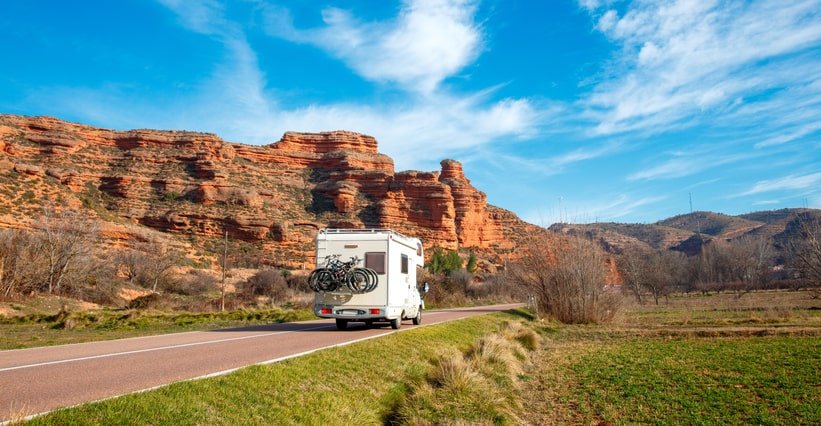How to Plan a Cross-Country RV Trip

Planning a cross-country RV trip can be an exhilarating experience, offering the freedom to explore diverse landscapes and attractions. However, successful trips require thoughtful preparation. Here’s a step-by-step guide to help you plan an unforgettable journey in your RV.
Step 1: Set Your Destination
Begin by deciding on your ultimate destination and any key stops along the way. Whether you want to visit national parks, historical landmarks, or vibrant cities, having a clear idea of your route will help you plan better. Use maps and online resources to explore potential attractions and sights you want to see.
Step 2: Create a Flexible Itinerary
While it’s good to have a plan, flexibility is key when traveling in an RV. Create a rough itinerary that outlines your travel days and stops, but leave room for spontaneity. You might discover interesting detours or local events that you want to experience.
Step 3: Plan Your Route
Choose a route that balances scenic drives with practicality. Consider factors like road conditions, RV-friendly routes, and fuel availability. Tools like Google Maps or specialized RV trip planners can help you find the best roads and avoid obstacles such as low bridges or steep grades.
Step 4: Budget for Your Trip
Establish a budget that includes fuel costs, campground fees, food, activities, and any unexpected expenses. Keep in mind that RV travel can save money on accommodation, but fuel costs can add up quickly, especially on long journeys. Planning your budget will help you manage expenses and enjoy your trip without financial stress.
Step 5: Book Campgrounds in Advance
Research and book campgrounds or RV parks along your route, especially during peak travel seasons. Look for amenities that suit your needs, such as hookups for water and electricity, restroom facilities, and recreational options. Booking in advance ensures you have a secure place to stay each night.
Step 6: Prepare Your RV
Before hitting the road, make sure your RV is in good condition. Perform a thorough inspection, checking the engine, tires, brakes, and fluid levels. Ensure your living quarters are stocked with essentials like food, water, and first-aid supplies. Don’t forget to pack entertainment options for downtime.
Step 7: Familiarize Yourself with RV Regulations
Different states and campgrounds may have specific rules and regulations regarding RV usage. Familiarize yourself with parking laws, waste disposal procedures, and any permits needed for certain areas. This knowledge will help you avoid fines and ensure a smooth trip.
Step 8: Stay Connected
Consider investing in a reliable internet connection, whether through a mobile hotspot or campground Wi-Fi, to stay connected on your journey. This can be useful for navigation, booking accommodations, and staying in touch with friends and family.
Step 9: Embrace the Journey
Once you’re on the road, remember to embrace the journey. Take breaks to stretch, explore local attractions, and enjoy the scenery. Traveling in an RV allows for a slower pace and deeper connections with the places you visit.
Conclusion
Planning a cross-country RV trip requires careful consideration, but the rewards are worth the effort. By following these steps, you can create a memorable adventure that allows you to explore the beauty of the open road and create lasting memories with family or friends. Your RV awaits—let the journey begin!





